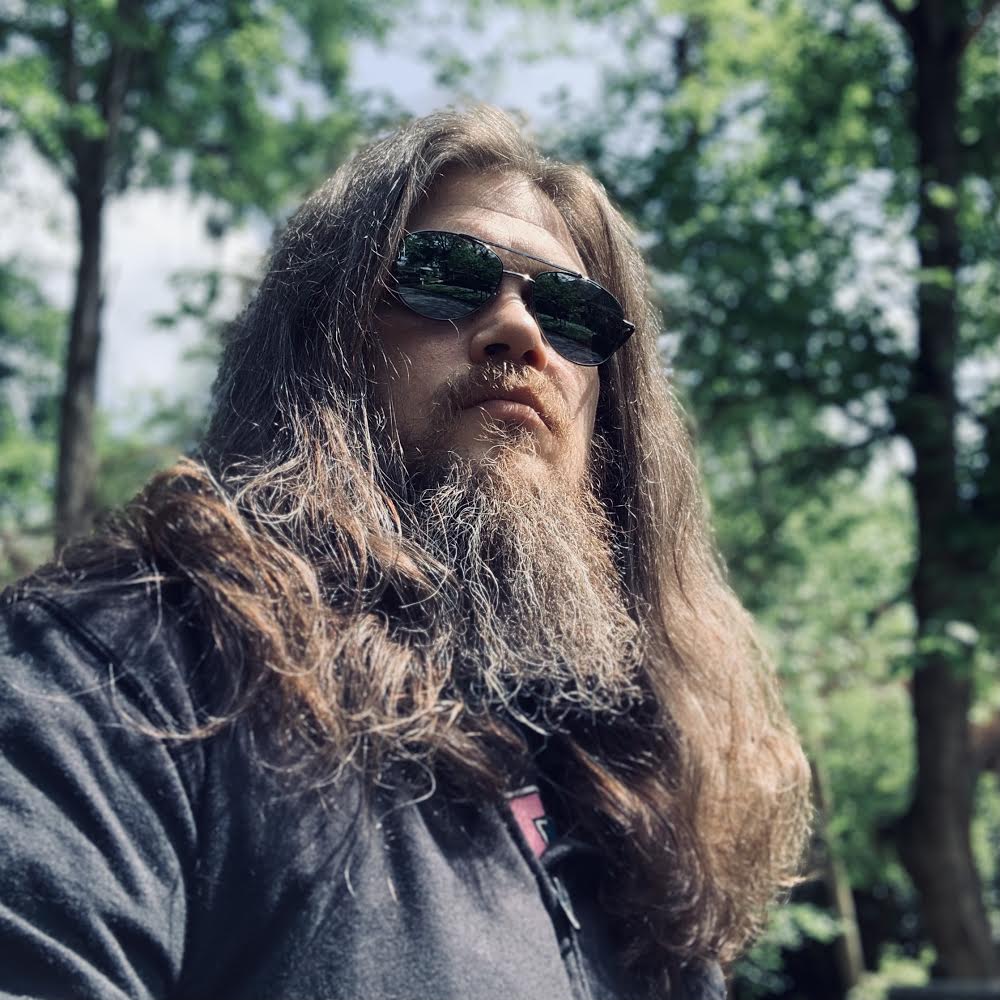Vision, Falcon, Black Widow, and 7 more Marvel characters you might not know date back to the '30s and '40s
Marvel's Golden Age of the '30s and '40s had a much bigger influence on the modern Marvel Universe than you may realize
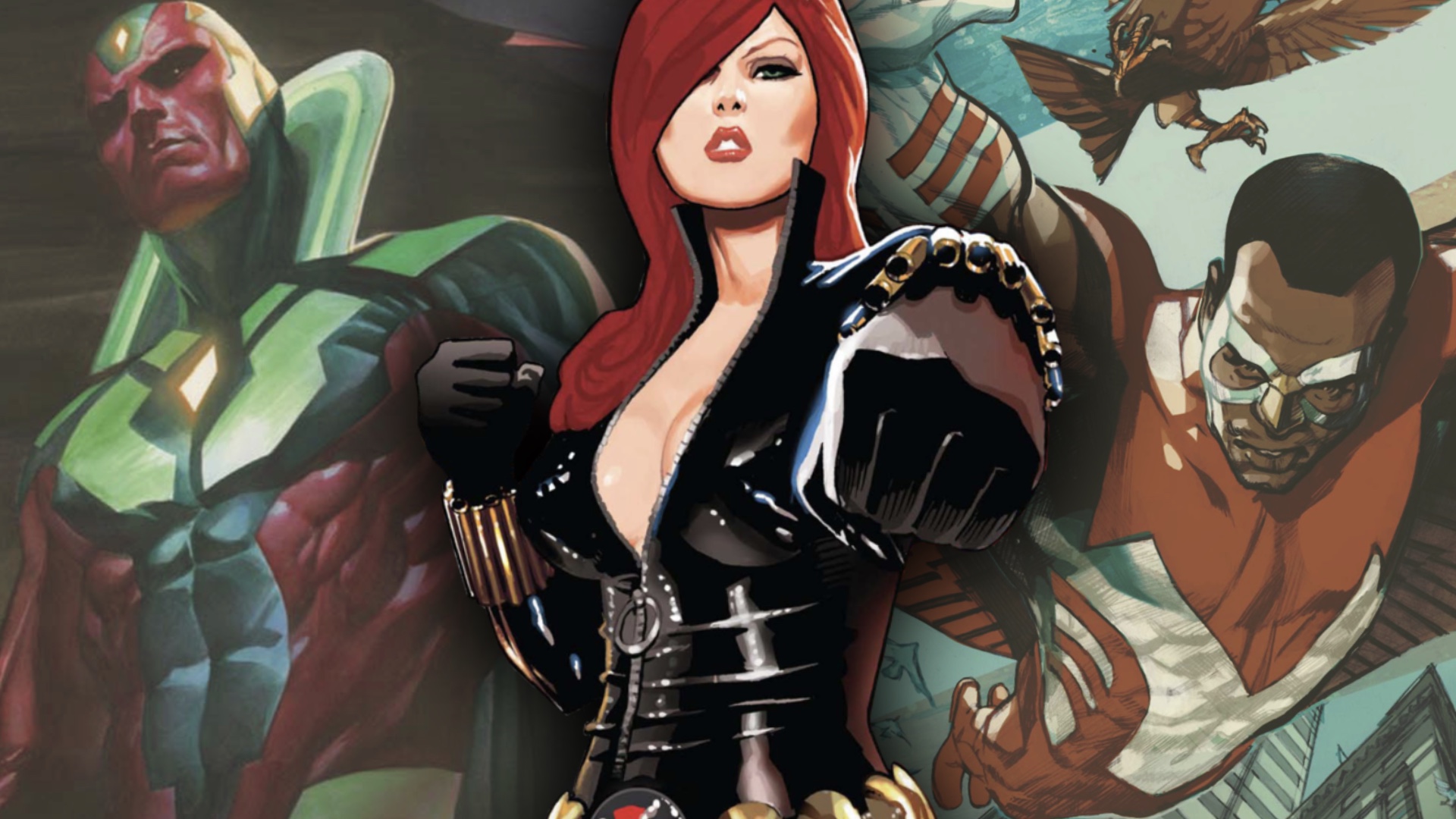
The Golden Age of comics is coming into sharp focus at DC with the upcoming New Golden Age #1, which revises and revisits some Golden Age DC characters and concepts (and invents some new ones).
And though the terms 'Golden Age,' 'Silver Age,' and beyond apply to DC, Marvel, and nearly all American comics of the respective eras, aside from Captain America, Bucky, and Namor, Marvel's Golden Age heroes aren't talked about as much as DC's Justice Society.
But Marvel's Golden Age of the '30s and '40s, when they were known as Timely Comics, is far more formative for the modern Marvel Universe than you realize.
In fact, just like DC's Flash, Green Lantern, Hawkman, and others, many well-known modern Marvel Comics characters take their names and in some cases even their overall concepts from Golden Age Marvel heroes.
Here are 10 well-known Marvel Comics characters who you didn't know had Golden Age legacies.
The Human Torch
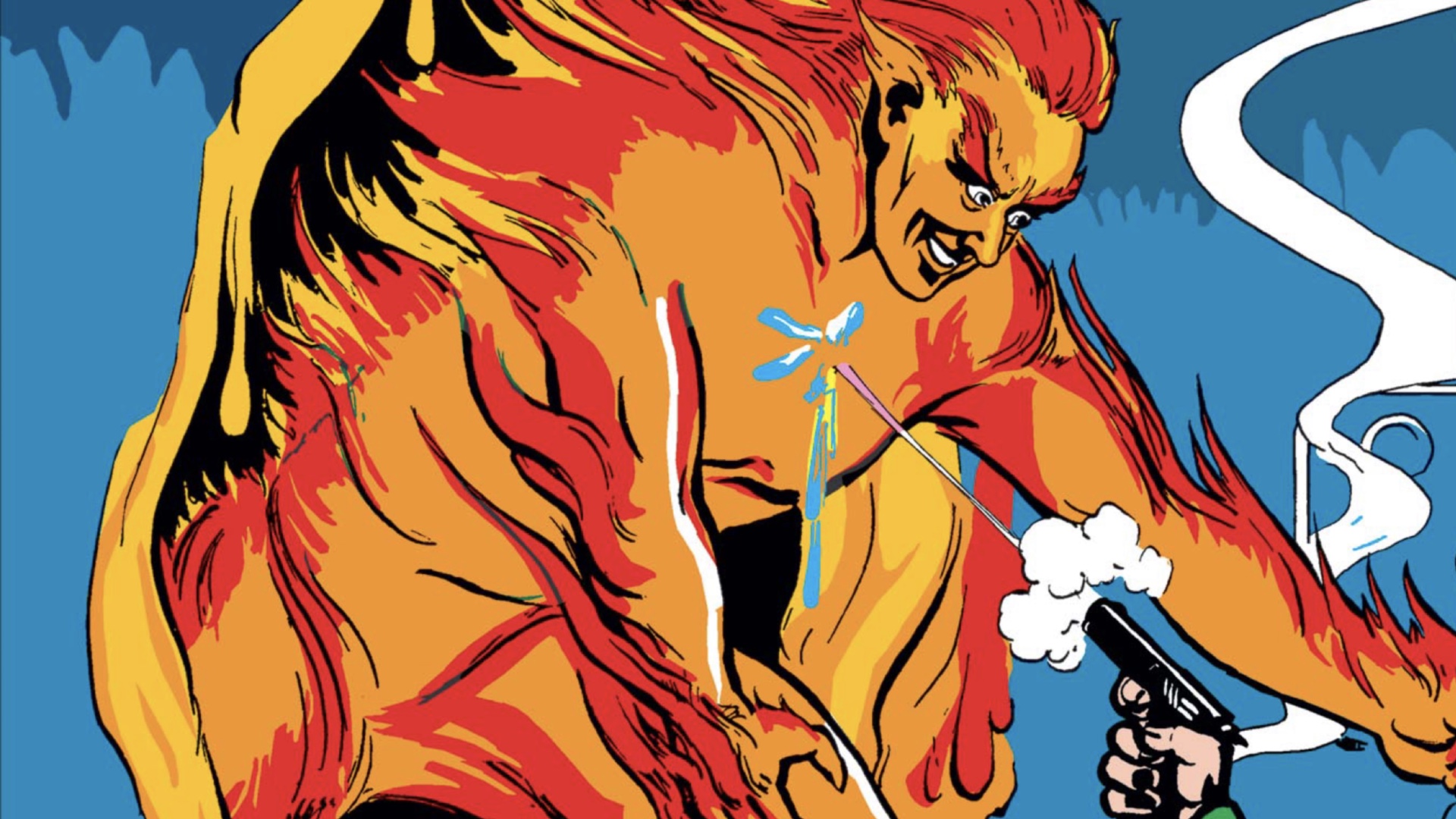
We'll start off with a bit of a 'gimme.' If there's any character even somewhat casual readers are likely to know had a prior Golden Age counterpart, it's Johnny Storm, the Human Torch. Created by Carl Burgos, the original Human Torch was an android who first appeared way back in 1939's Marvel Comics #1.
He's since been brought forward into the modern Marvel Universe, co-existing alongside Johnny Storm, who debuted in Fantastic Four #1 in 1961 - the first Marvel Universe comic. His co-creator Stan Lee was even upfront about his revival of the concept. And weirdly enough, in Marvel continuity, components of his original android body were used to create the modern version of another entry on this list (hint hint).
Comic deals, prizes and latest news
Get the best comic news, insights, opinions, analysis and more!
Marvel Boy
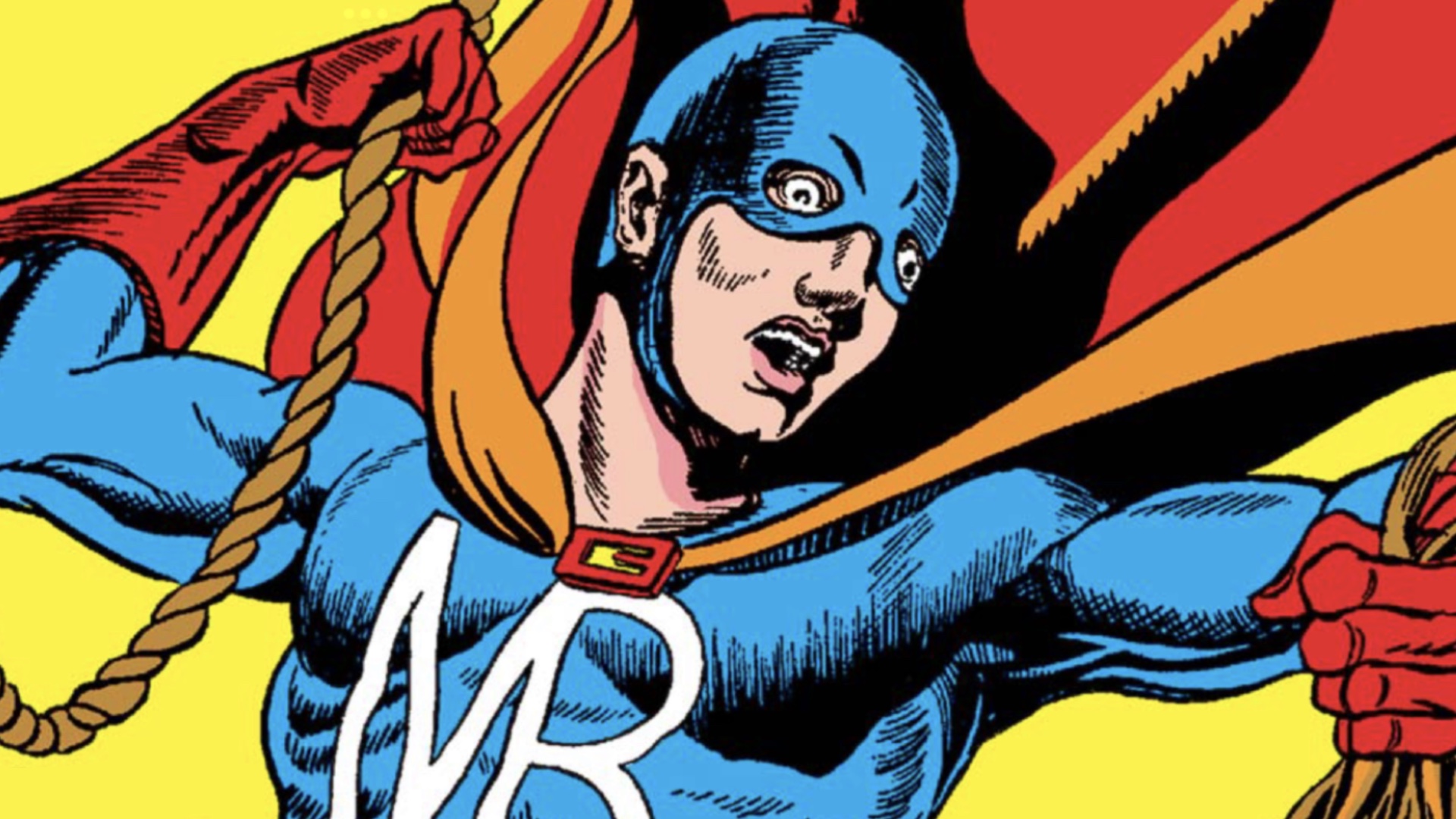
There are actually three characters named Marvel Boy in Marvel Comics history, the first of whom, a boy who was a reincarnated version of the mythical Greek hero Hercules, was created in 1940 by Captain America's co-creators Joe Simon and Jack Kirby.
The second Marvel Boy, Robert Grayson, was a child astronaut who gained incredible powers who dates back to the early '50s, later joining the Marvel team Agents of Atlaswhicho were originally made up entirely of '50s characters.
The third Marvel Boy, Noh-Varr, is a Kree warrior from an alternate reality who debuted in the early '00s.
Electro
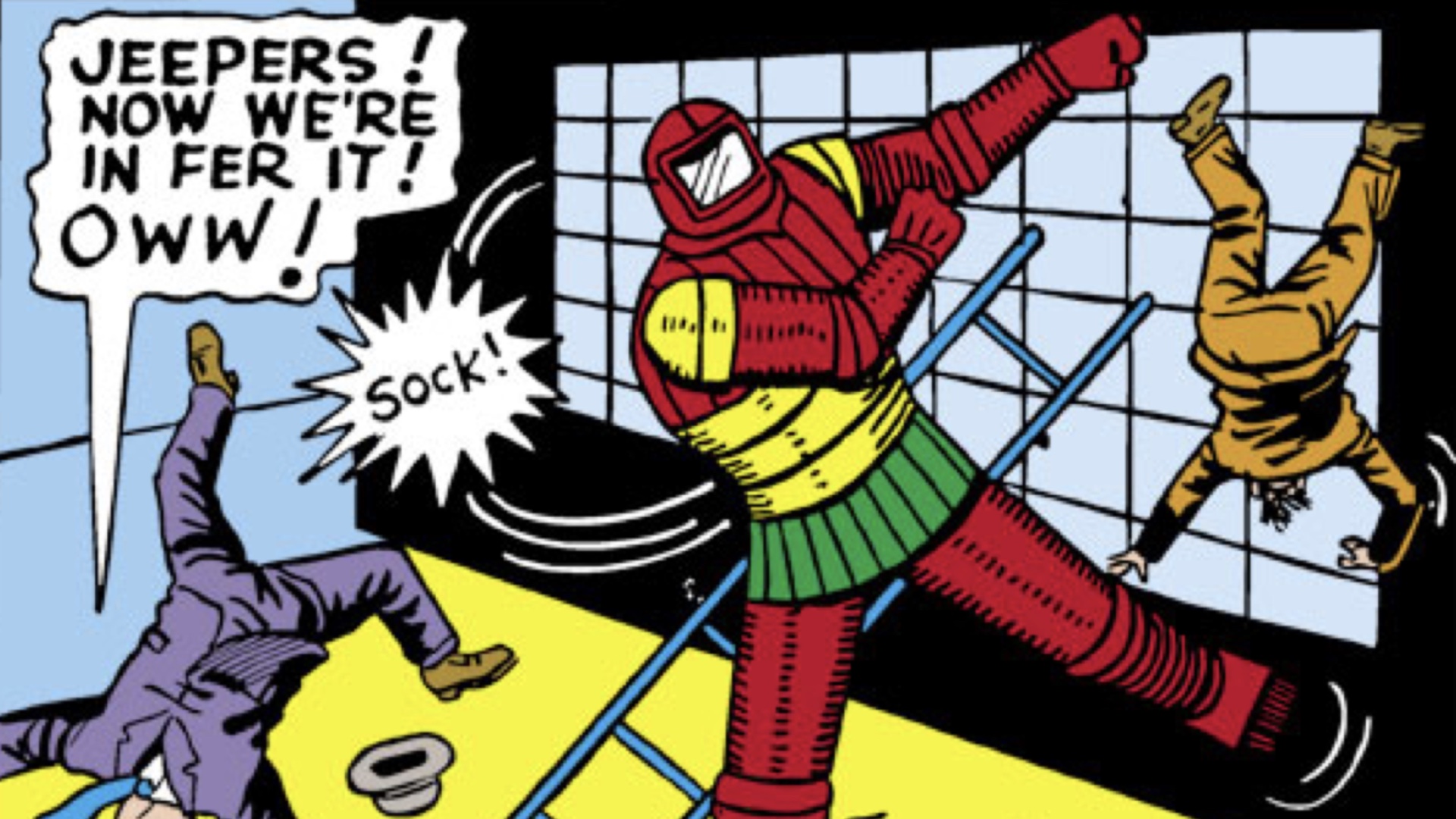
Just about everyone knows the modern Electro, the Spider-Man villain with powers of electricity control who has been menacing him since the '60s. But there are actually two characters named Electro who predate him.
The first was a hero named Electro the Robot, who, as the name implies, was a crime-fighting robot dating back to the '40s. The second Electro, on the other hand, was a villain with electricity powers who first debuted in the '50s in one of the decade's sparsely published Captain America comics.
Citizen V
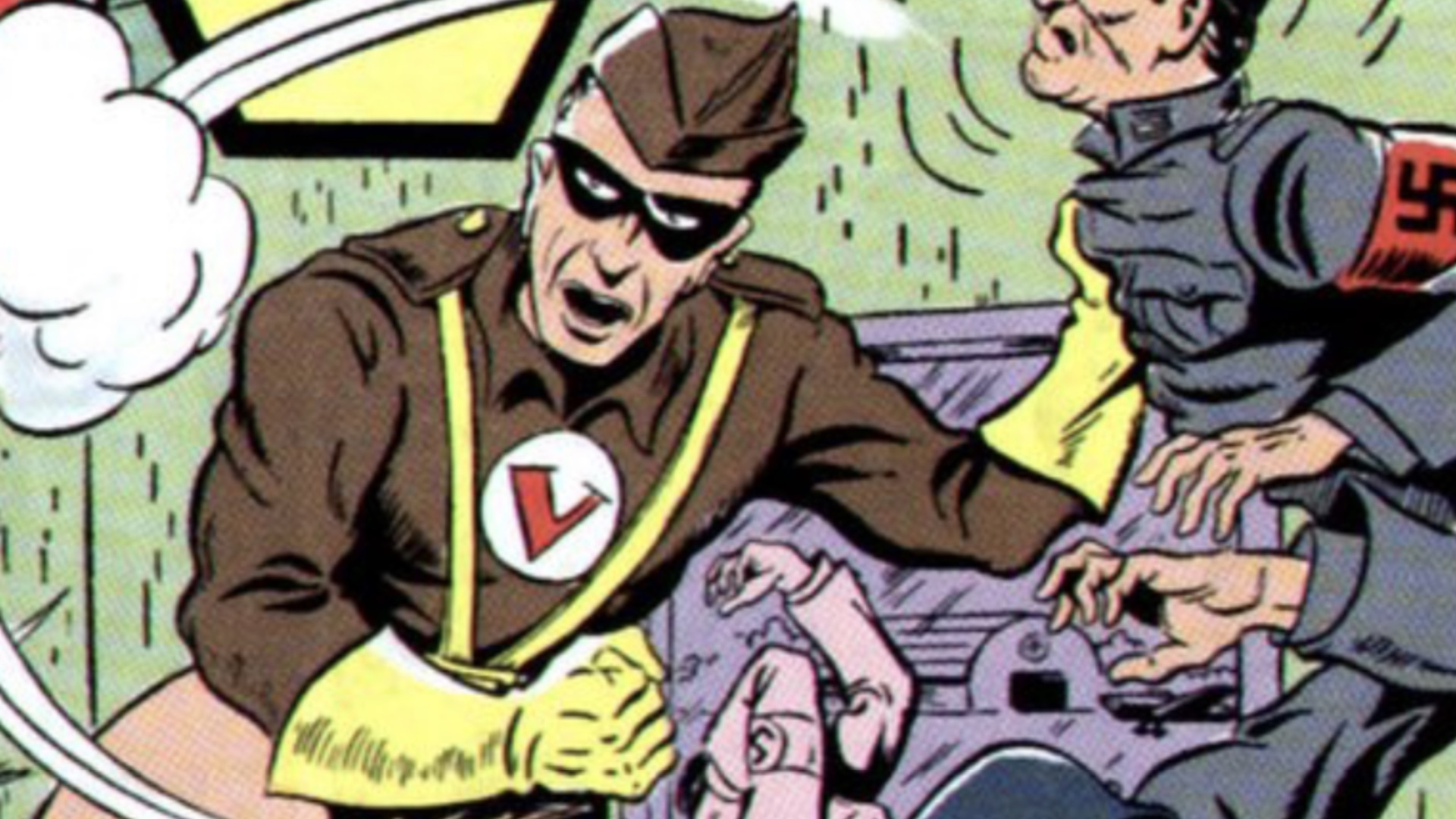
The modern Citizen V was the superheroic identity taken up by Baron Zemo when he first led his villain team the Masters of Evil in taking up new heroic codenames as the Thunderbolts as part of a plan to fool the entire world.
The original Citizen V was an actual superhero, not a villain in disguise, who was one of many skilled fighters who took up superhero identities during World War II, whose grandson was later introduced in the modern Marvel Universe.
The Falcon
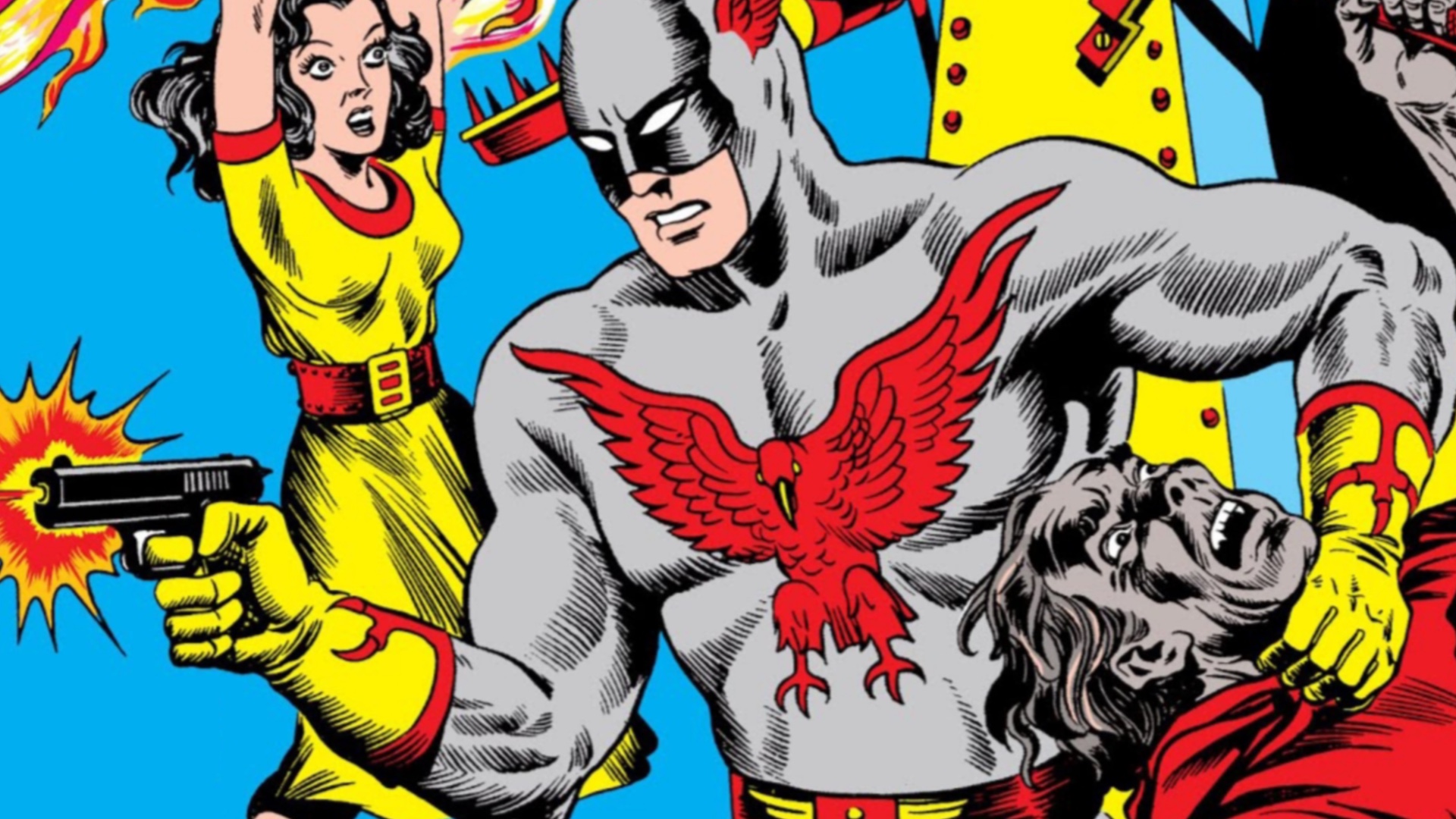
In the modern Marvel Universe, the Falcon is the former identity of Sam Wilson, who has since gone on to become Captain America alongside Steve Rogers, with his own successor in the mantle of the Falcon, Joaquin Torres.
But in the Golden Age, there was another hero named the Falcon, a short-lived crimefighter created by Carl Burgos, also known for creating the much more well-known Golden Age hero, the original Human Torch.
Angel
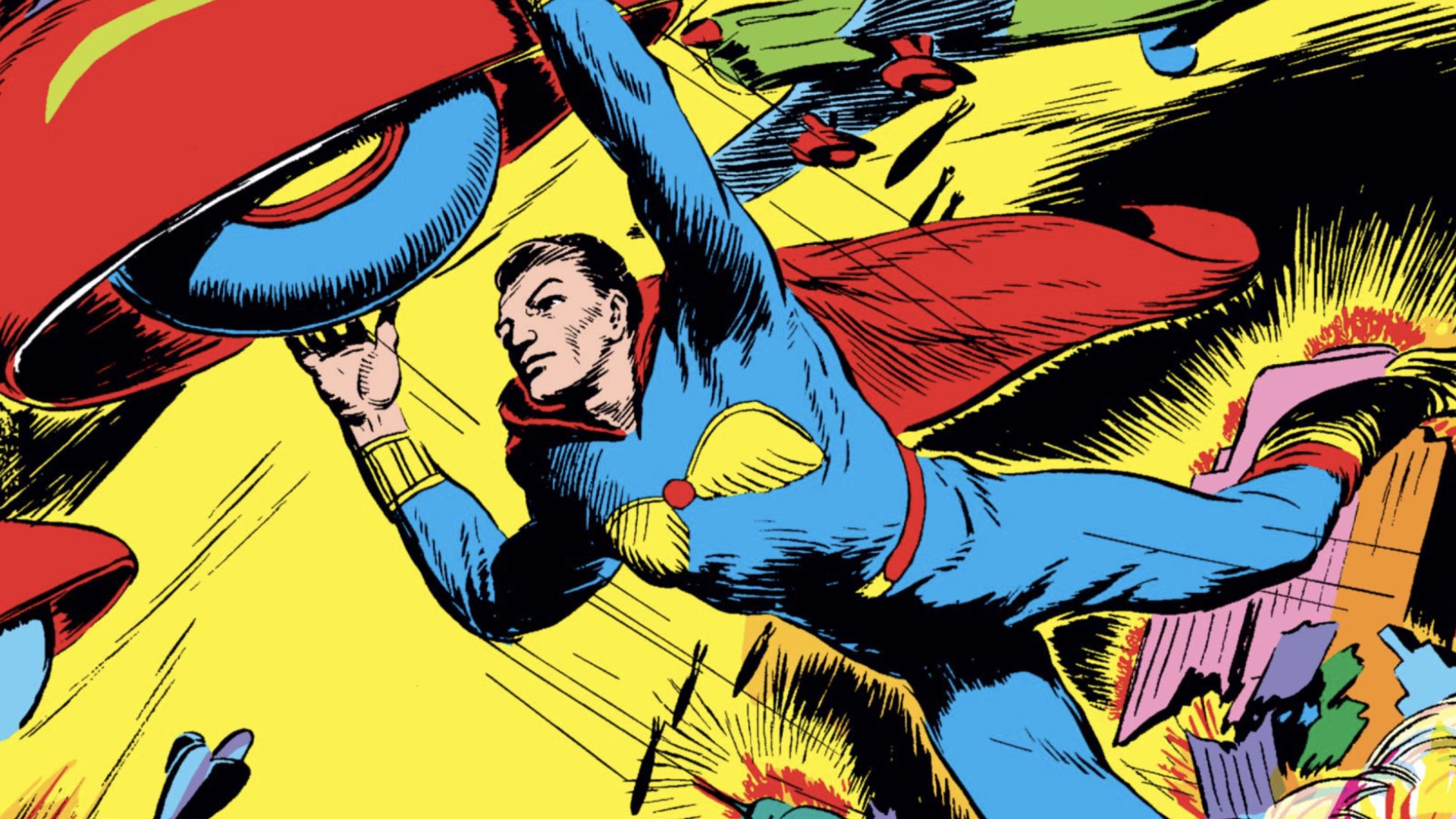
Though he's not one of the most popular members of the modern X-Men, the modern version of Angel, a mutant with massive avian wings, was one of the team's founding members.
Despite the fact that there's no direct connection between them, Angel of the X-Men takes his name from one of the first Marvel heroes, a gun-toting vigilante who made his debut in 1939's Marvel Comics #1.
Black Widow
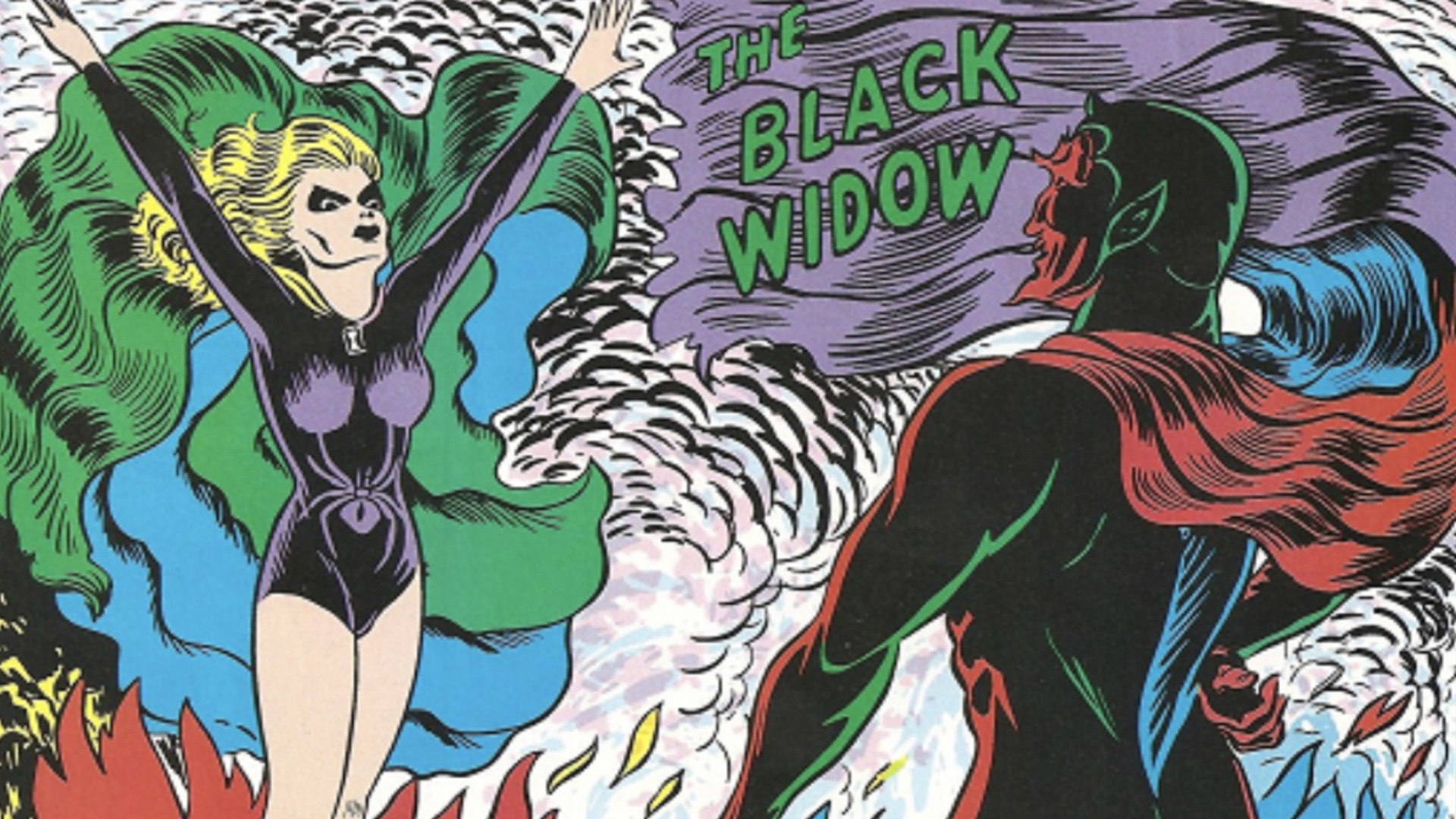
As one of the founding MCU Avengers, the modern Black Widow is a household name, and her origin as a highly-trained superspy is just as well known. But there was a Black Widow in the '40s who had a totally different - and totally bizarre - origin.
The Golden Age Black Widow was Claire Voyant (pun 100% intended), a spirit medium who becomes a vigilante known as "Satan's agent on Earth" after contacting the underworld. As we said, kinda wild!
Ghost Rider
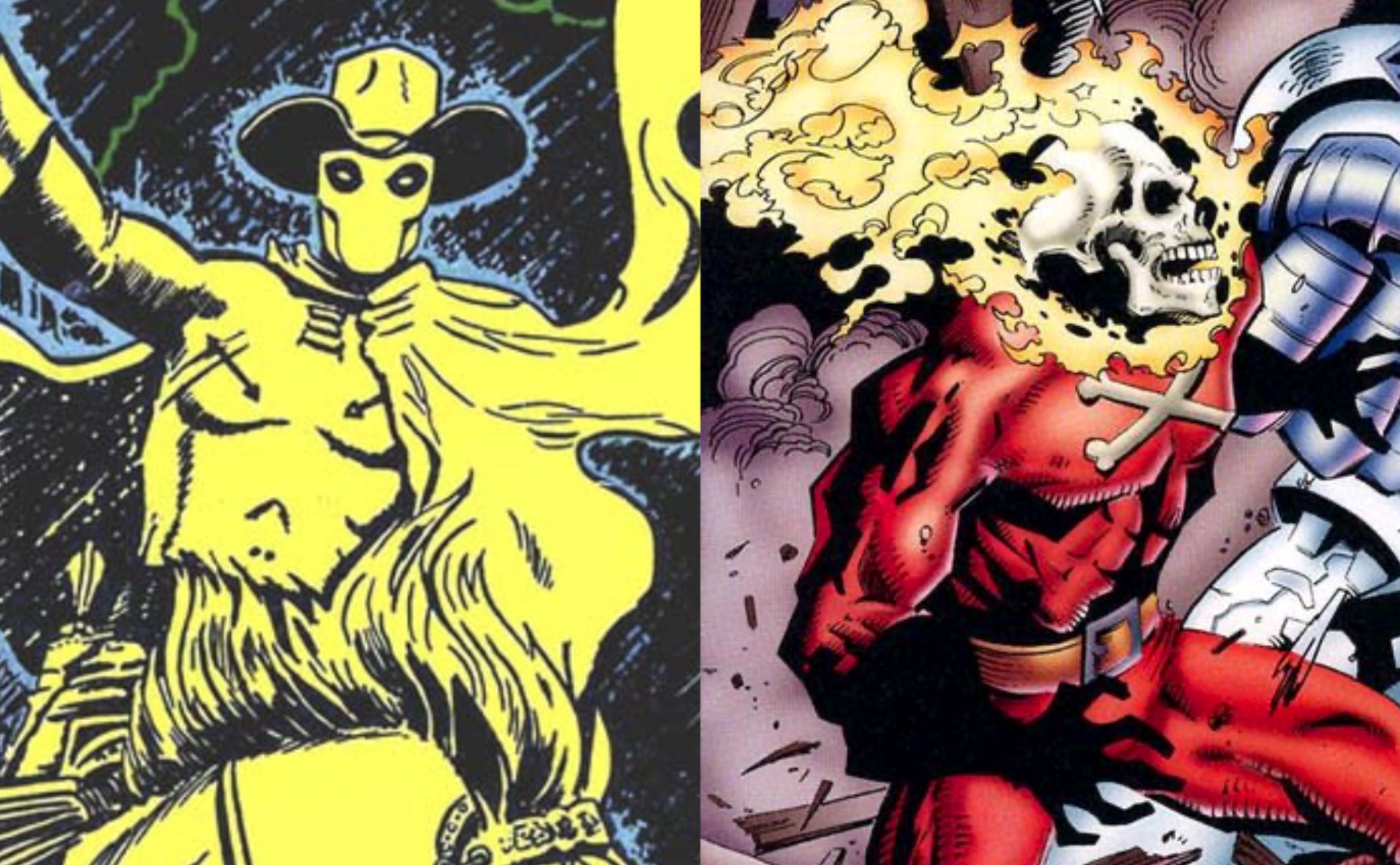
The Ghost Rider we best know today was created in 1972 by Gary Friedrich and Mike Ploog based on a concept by Roy Thomas, who borrowed the name 'Ghost Rider' from an earlier '40s era Marvel character who was later renamed Phantom Rider, slightly altering Ghost Rider's Golden Age legacy.
But there's slightly more to it, as Thomas seems to have taken inspiration for Ghost Rider's appearance as a flaming skeleton from the Golden Age Marvel hero Blazing Skull, who looks almost exactly like Ghost Rider, and who was even a circus performer like Johnny Blaze.
In fact, Ghost Rider even used the name 'Blazing Skull' in one '70s story, while Blazing Skull was called "the Ghost Rider of 1945" in a '90s flashback story.
Miss America & The Whizzer
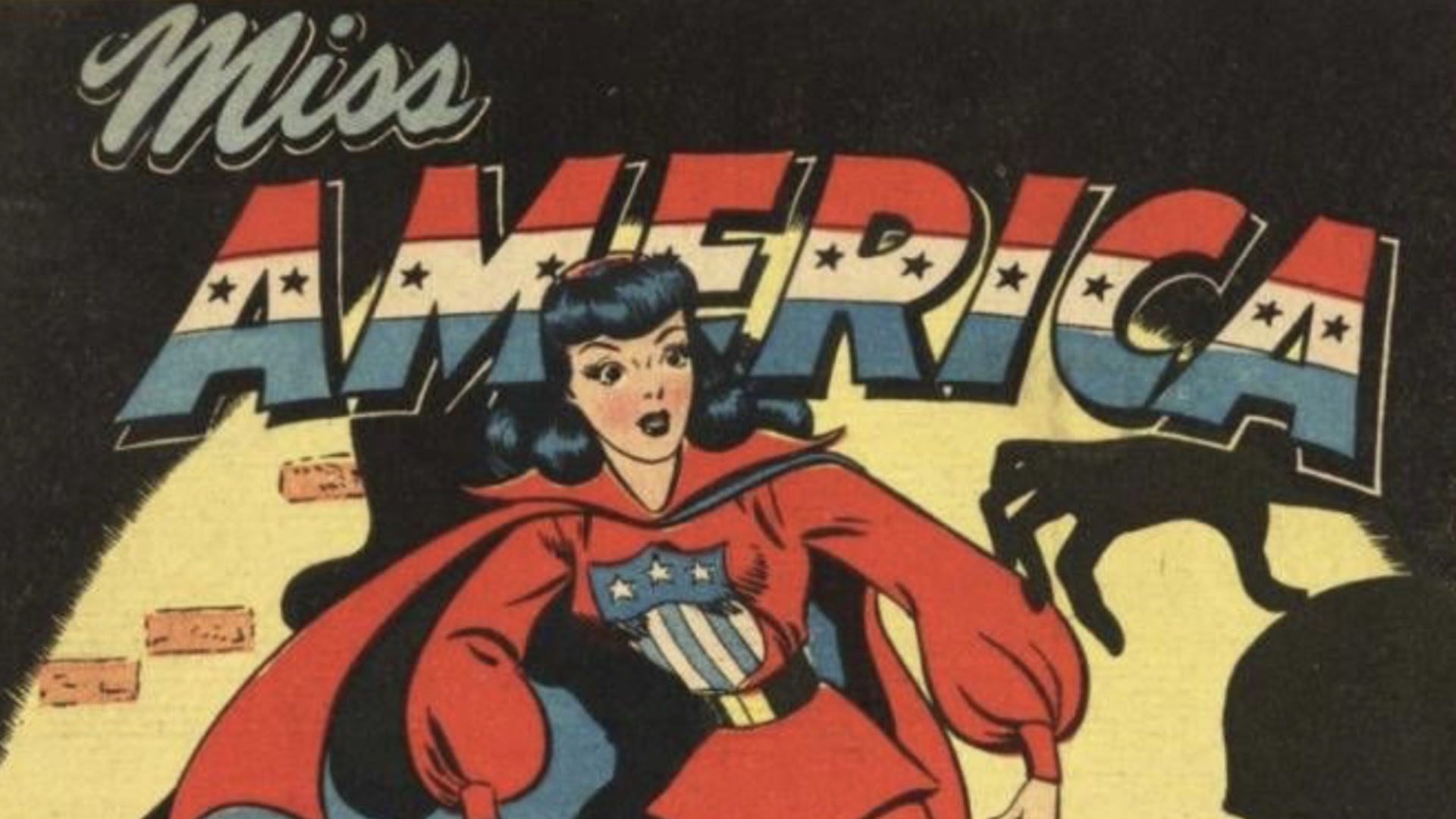
The original Miss America was a WWII-era patriotic superhero with the powers of flight and super strength, who lent her codename in the modern age to America Chavez, who went by Miss America in her first appearance in the '00s limited series Vengeance.
Interestingly enough, the original Miss America's super-speedster husband, the Whizzer, is also a WWII hero whose codename was later used by one of the members of the alt-reality team the Squadron Supreme. However, in his most recent appearance, that version of the Whizzer changed his name to 'the Blur.'
The Vision
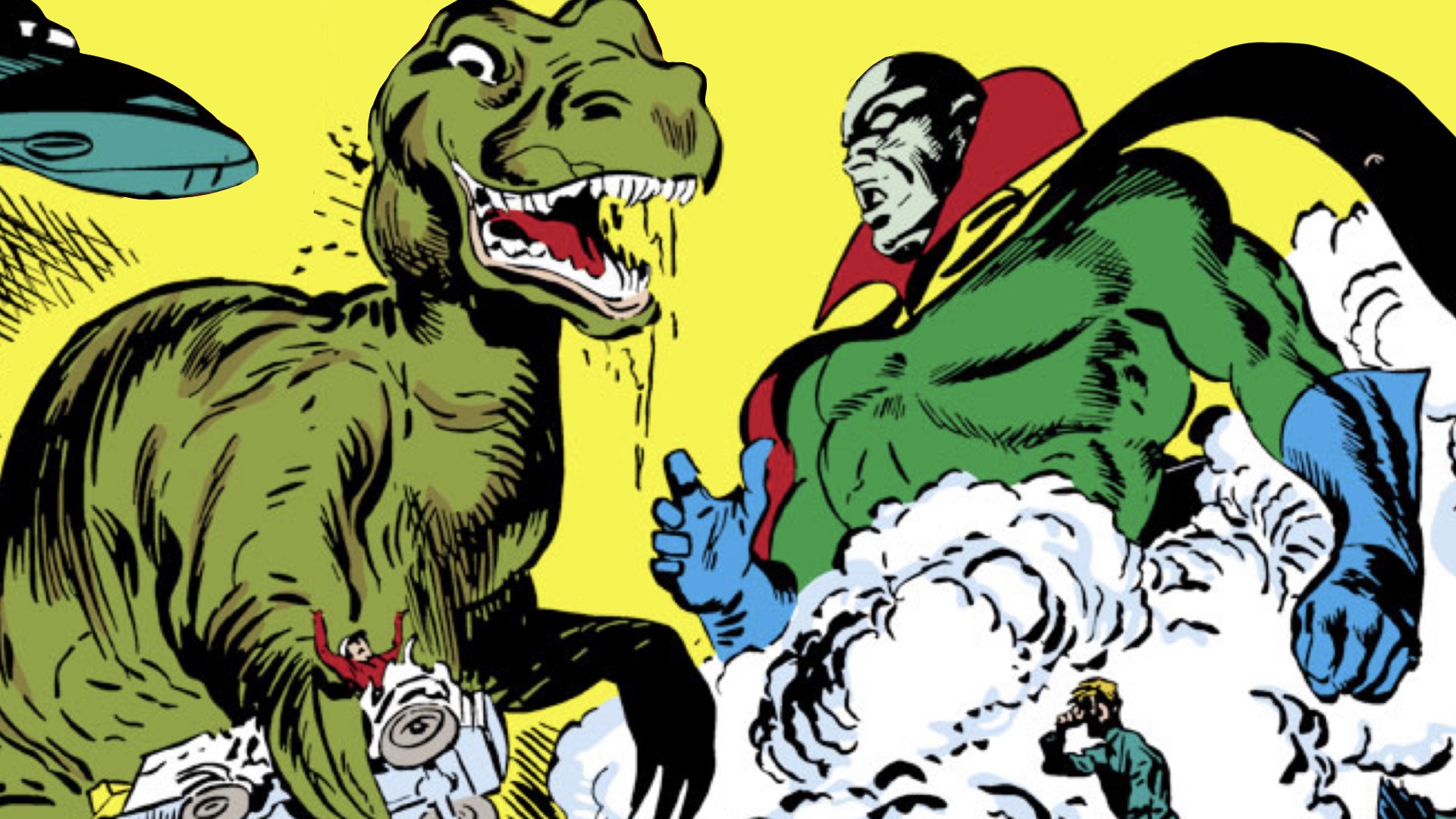
Like the modern Black Widow, the modern version of the Vision is now a household name thanks to the MCU. But also like Black Widow, the Vision has a Golden Age counterpart with a totally different backstory. In the Vision's case, the Golden Age Vision is Aarkus, an alien crimefighter from another dimension.
Interestingly, writer Roy Thomas originally wanted to use the Golden Age Vision in his late '60s Avengers run but was asked to create a new android version - leading to the Avenger we know today.
That direct inspiration from the Golden Age Vision is why the modern Vision has similar powers of intangibility, and why they share a similar, distinct color scheme.
I've been Newsarama's resident Marvel Comics expert and general comic book historian since 2011. I've also been the on-site reporter at most major comic conventions such as Comic-Con International: San Diego, New York Comic Con, and C2E2. Outside of comic journalism, I am the artist of many weird pictures, and the guitarist of many heavy riffs. (They/Them)
